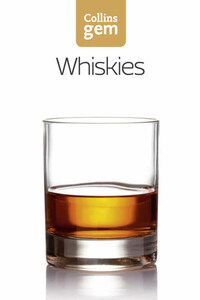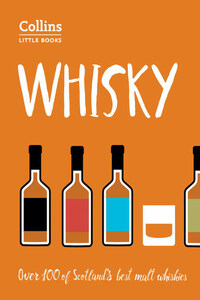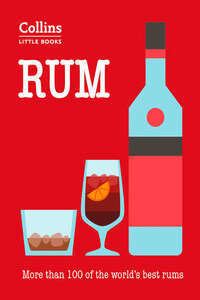It may be a popular drink, but whisky is also one that engenders more than a little reverence. Alongside this due respect for a fine drink, however, a few too many myths and fallacies have grown up about whatâs ârightâ and âwrongâ. So, before we go any further, letâs debunk a few of the worst offenders.
There will be few ground rules in this book, but the first and most important is that there is no right way of appreciating and enjoying whisky. If anyone tells you that you should add water to it, you shouldnât add water to it, you shouldnât add ice, you should drink it standing on one legâ¦then politely tell them that this is a drink for individuals.
Most of this book will be concerned with single malt whisky because malt distilleries provide so many routes to explore and so many different flavours to discover. But itâs worth bearing in mind that, although the demand for single malts is growing, blended whisky still accounts for about 19 out of every 20 glasses of whisky drunk. There are very good reasons for this.
Blended whisky tends to be tainted with a poor reputation because, frankly, a good proportion of it is rubbish. The average blend is made up of some malt whiskies mixed together and blended with a whisky made from another grain. Often this is mass-produced grain whisky with a fairly neutral taste, and it is added in large quantities, reducing the flavour of the malt. Often the grain is matured in tired old casks for the legal minimum time â three years. So, throw together high proportions of cheaply-made grain whisky and some second grade malt and you get the sort of cheap blends you find in small supermarkets, often with preposterously contrived Scottish-sounding names, on the lines of âGlen Kiltâ and âHeather Bagpipe Macbeth Deluxe Scotchâ.
It doesnât have to be this way, and some of the most sophisticated and satisfying whiskies in the world are premium Scotch blended whiskies. They are some of the most expensive, too.
The skill of a master blender is one of the greatest artisanal skills, and it is a great mistake to dismiss blends as being in any way inferior to single malts. Many blends use only the finest malt whisky in relatively large proportions, blended with quality grain whisky produced in the finest oak casks.
It simply isnât true that Scotland is the only great whisky producing nation. The sheer scale of production in Scotland, the large number of distilleries and the exacting quality controls ensure that, should a definitive list of the worldâs best whiskies be drawn up, it would certainly be dominated by Caledonia.
But on such a hypothetical list there would be many other distinctive whiskies from around the world. A few American bourbons, a smattering of Irish whiskeys, and a number of Japanese and Canadian whiskies would not only be on the list, but would also be vying for the top spots.
Donât fall into the trap of thinking that older whisky is always better, and that whisky has to be expensive to be good. Although whisky becomes rarer and therefore more expensive after 20 years, it doesnât necessarily improve. The influence of the cask can begin to take over, and, just as with the flavour of oak in wine, itâs not to everybodyâs taste.
Some whiskies are more robust than others, and cope well with the wood and taste fine well over 25 years of ageing, and even beyond 30 or 40 years. Such whiskies are, however, few and far between. Other malts are submerged by oak at a much younger age. So while whiskies aged for more than 25 years will require a serious investment financially, itâs a moot point as to whether youâd want to drink them.
The flip side to this argument is, of course, that some whisky styles actually benefit from youthfulness, and are better drunk younger. The bottom line is that you donât need to break the bank to enjoy outstanding whisky. We may all get the chance to taste a rare and old malt now and again, but, with only a modest amount of exploration and investigation, the whisky enthusiast is likely to rapidly build up a personal repertoire of value-for-money malts, undoubtedly including one or two reserved for the top shelf and that special occasion.
You say âwhiskyâ, I say âwhiskeyâ
Finally, a word about the spelling: âwhiskyâ or âwhiskeyâ. The word is an anglicised bastardisation of the Gaelic uisge beatha (âwater of lifeâ) â words claimed from a language common to old Scotland and old Ireland. The Scots opt for the former spelling, the Irish favour the latter, with the âeâ.
In America âwhiskeyâ is the more common spelling, though several producers, including Makerâs Mark, choose to spell the word without the âeâ. Japan goes with the Scottish way, as does Canada.












